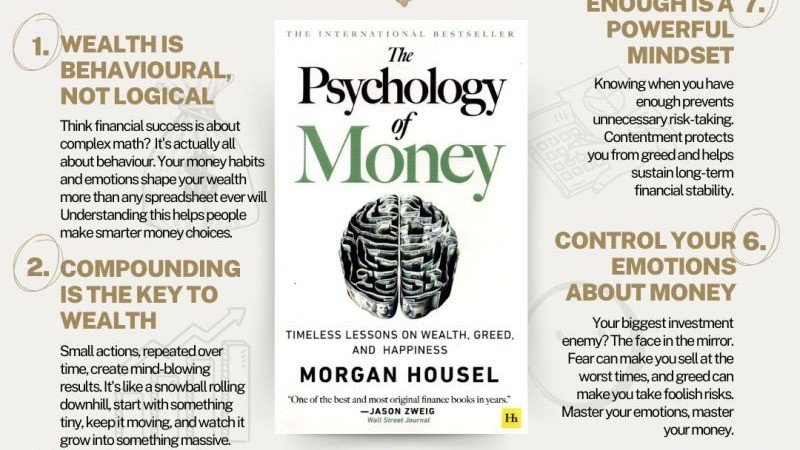Even the most rational investor can fall prey to cognitive biases—from overconfidence to loss aversion—that skew decision‑making and erode returns. Behavioral finance studies these patterns, offering tools to recognize and counteract them. By understanding your own money psychology, you can build stronger, more disciplined financial habits.
1. Key Cognitive Biases in Investing
- Loss Aversion
- People feel the pain of losses roughly twice as strongly as the pleasure of gains.
- Impact: Holding onto losing positions too long, or selling winners prematurely.
- Anchoring
- Relying heavily on the first piece of information encountered (e.g., purchase price).
- Impact: Refusing to buy an asset below a “fair value” anchored in past highs.
- Herd Mentality
- Following crowd behavior, regardless of fundamentals.
- Impact: Chasing bubbles (e.g., crypto manias) and suffering steep corrections.
- Confirmation Bias
- Seeking information that reinforces existing beliefs.
- Impact: Ignoring warning signs in an overvalued sector or company.
2. A Framework for Bias‑Resilient Decisions
- Step 1: Pre‑Commitment Rules
- Define entry and exit criteria in advance (e.g., “Sell if a holding falls 15% from purchase”).
- Automate stop‑loss / take‑profit orders to remove emotion.
- Step 2: Portfolio “Devil’s Advocate”
- Assign a colleague or digital advisor to intentionally challenge your thesis.
- Forces you to seek disconfirming evidence and strengthen diligence.
- Step 3: Periodic “Cognitive Check‑Ins”
- Quarterly surveys: rate your confidence on each position and note any emotional drivers.
- Use objective metrics (valuation multiples, earnings growth) to recalibrate.
3. Case Study: Overcoming Herding in the 2021 Tech Rally
- Context: During the late‑2020/early‑2021 rally, retail investors poured into meme stocks and SPACs with little regard for fundamentals.
- Approach: One advisory firm implemented mandatory “Fundamental Fridays”—weekly reviews where any position lacking 3‑ to 5‑year earnings visibility had to be justified or trimmed.
- Outcome: Clients avoided heavy exposure to SPACs, preserving capital when many tickers plunged 60–80% later in 2022.
4. Tools & Techniques
- Behavioral Scorecards: Track your trading history against rules—e.g., % of trades that breached stop‑loss versus those that hit targets.
- Journaling Apps: Use platforms like TradeJournal or Tradervue to record emotional states at the time of each trade.
- Digital Coaches: Robo‑advisors such as Betterment send nudges when you deviate from diversified allocations.
5. FAQ
Q: Can emotional biases ever be fully eliminated?
A: No—biases are hard‑wired. The goal is awareness and structured systems that constrain impulsive actions.
Q: How do I get started if I trade infrequently?
A: Even buy‑and‑hold investors can set rules: a rebalancing threshold (e.g., ±5% drift) or annual review “bias diagnostics” to flag too‑large exposures.
Conclusion
Behavioral finance turns our human foibles into actionable insights. By embedding pre‑commitment rules, encouraging contrarian review, and leveraging digital tools, investors can systematically counteract biases—leading to steadier wealth accumulation and greater peace of mind.









